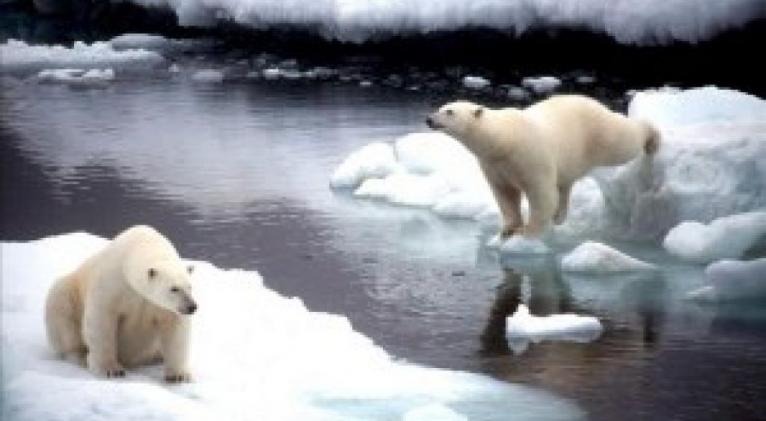Arctic Ice Cap Is Smallest Since Late 1970s
especiales

“We had less ice this winter in the Arctic than any other winter during the satellite era,” said Jeff Key, head of NOAA’s satellite research center, at a conference at the State Department Foreign Press Center.
The rate of decline in Arctic ice for the month of March has averaged 2.6 percent per decade since the late 1970s, according to figures compiled by the federal agency.
“The peak was Feb. 25, the normal peak is mid-March,” he said, noting that this winter, the Arctic ice reached its peak thickness “two to three weeks” ahead of normal.
That trend has important implications for maritime routes, fishing, the local fauna such as polar bears, exploitation of natural resources and native communities in Alaska.
“The less sea ice is certainly going to change weather patterns,” said Key. “It’s going to be a different world out there I think in 20, 30, 40 years.”
Meanwhile, Ed Farley, the head of NOAA’s Alaska Fisheries Science Center in Juneau, said that the native communities in Alaska are having increasing problems catching enough fish to survive on due to the smaller amount of sea ice in the Chukchi Sea.
Polar bears, too, he said, have been suffering the consequences of vanishing sea ice, and they have been forced to forage for “junk” food on land rather than rely on their normal prey of seals, which have a much greater fat content and are thus far more desirable as a food source.
Both scientists warned that the effects of the shrinking ice cap are not confined to the Arctic but rather have a significant influence on the climate all over the planet, including affecting the formation of hurricanes in the tropics and in the climate in the Himalaya Mountains.













Add new comment